2024 February 2
2024 February 2
Invert Alert is not yet fully back in operation as we upgrade our computer system, so expect delays (perhaps long ones) for a while. However, I am able to post a posting today. I shall let you know when Invert Alert is fully back in operation. Jeremy Tatum
First, a miscellany of creatures from Ian Cooper, starting with a tiny (3 mm) hymenopteran found in a bathroom sink in James Bay January 23. This is probably a parasitoidal insect from one of several hymenopteran families, most likely (although not certainly) Braconidae.
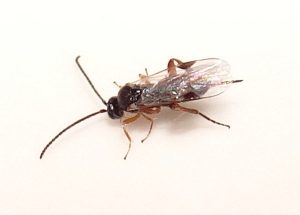 Perhaps Braconidae (Hymenoptera) Ian Cooper
Perhaps Braconidae (Hymenoptera) Ian Cooper
Next, a linyphiid spider, Colquitz River Park, January 7.
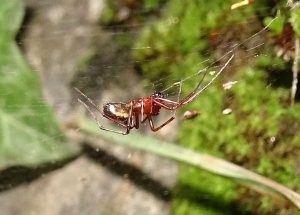
Sheet-web spider(Ara.: Linyphiidae) Ian Cooper
Another spider, also from Colquitz River Park, January 7, rather easier to identify, the more familiar Araneus diadematus.
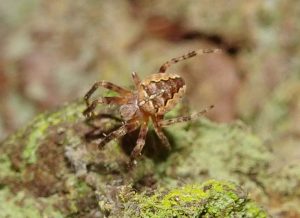 Araneus diadematus (Ara.: Araneidae) Ian Cooper
Araneus diadematus (Ara.: Araneidae) Ian Cooper
A harvestman, Colquitz River Park, January 7:
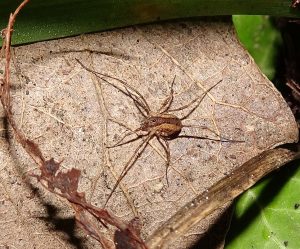 Harvestman (Opiliones) Ian Cooper
Harvestman (Opiliones) Ian Cooper
A tiny snail from Colquitz River Park, January 9, probably Lauria cylindracea.
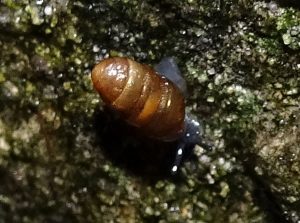 Probably Lauria cylindracea (Pul.: Lauriidae) Ian Cooper
Probably Lauria cylindracea (Pul.: Lauriidae) Ian Cooper
Val George photographed this highflyer moth from the wall of his Oak Bay house on the morning of February 1.
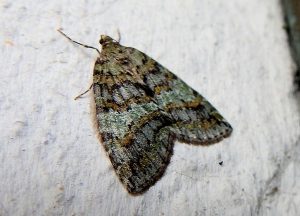 Hydriomena nubilofasciata (Lep.: Geometridae) Val George
Hydriomena nubilofasciata (Lep.: Geometridae) Val George
Thus, this year we have already had, on Invertebrate Alert, two of the to-be-expected early moths, Egira hiemalis and Hydriomena nubilofasciata. What other early moths may be expected at this time of year? One that comes to mind is the geometrid Phigalia plumogeraria. The male has handsome bipectinate antennae (which he doesn’t always show). The female, like that of Operophtera and Erannis, is wingless. (It has tiny stubs, useless for flight, instead of functional wings.) In February, if you see a wingless female geometrid, it is most likely Phigalia.
